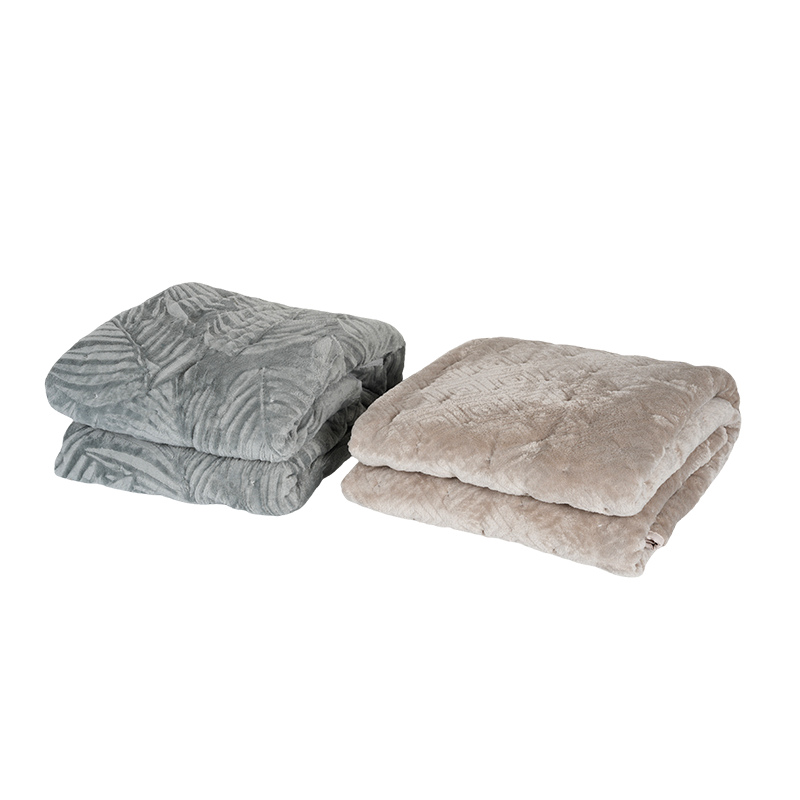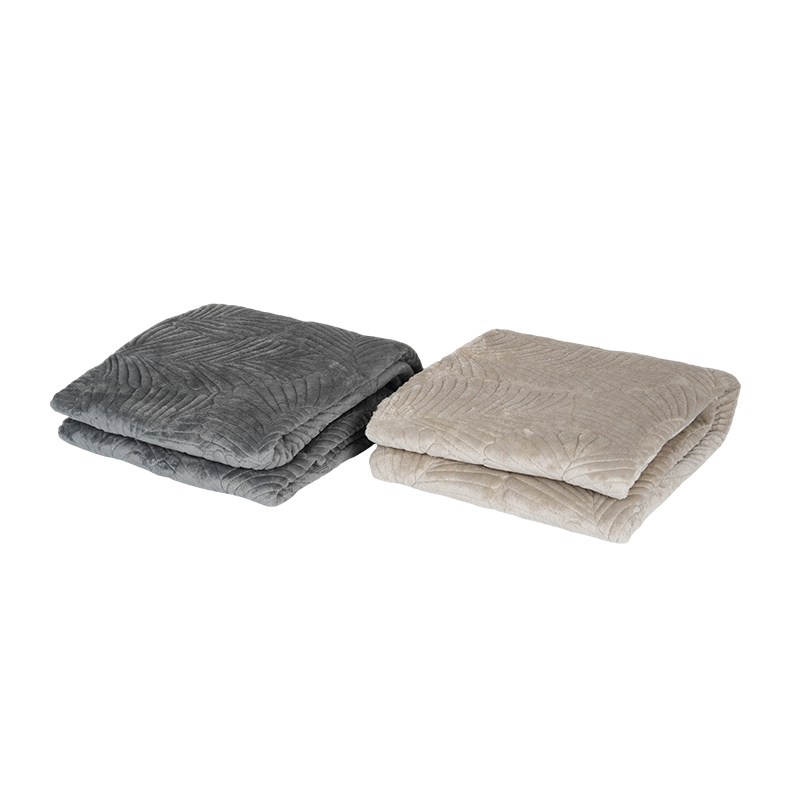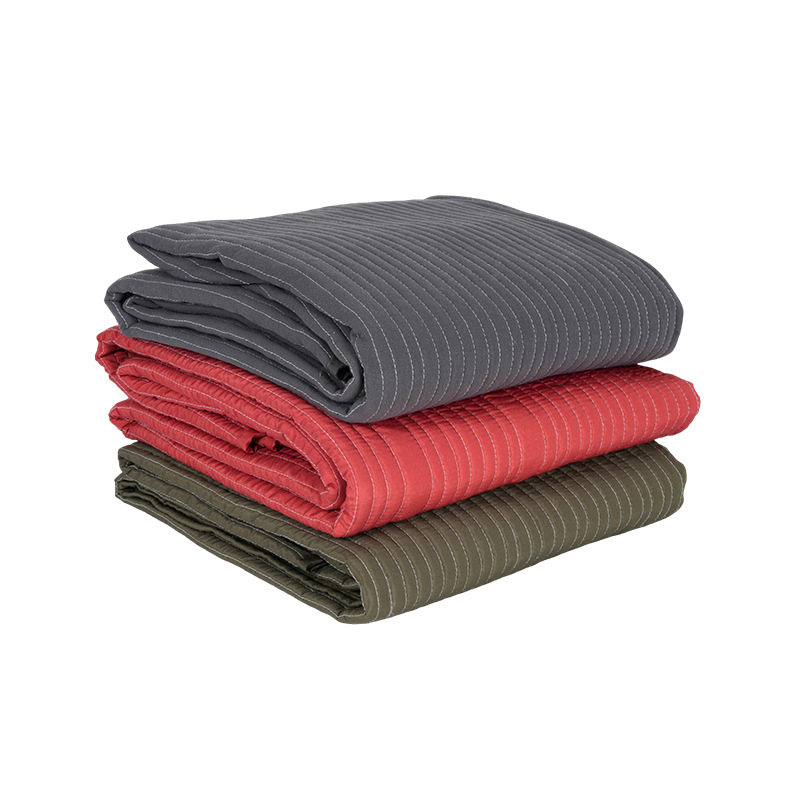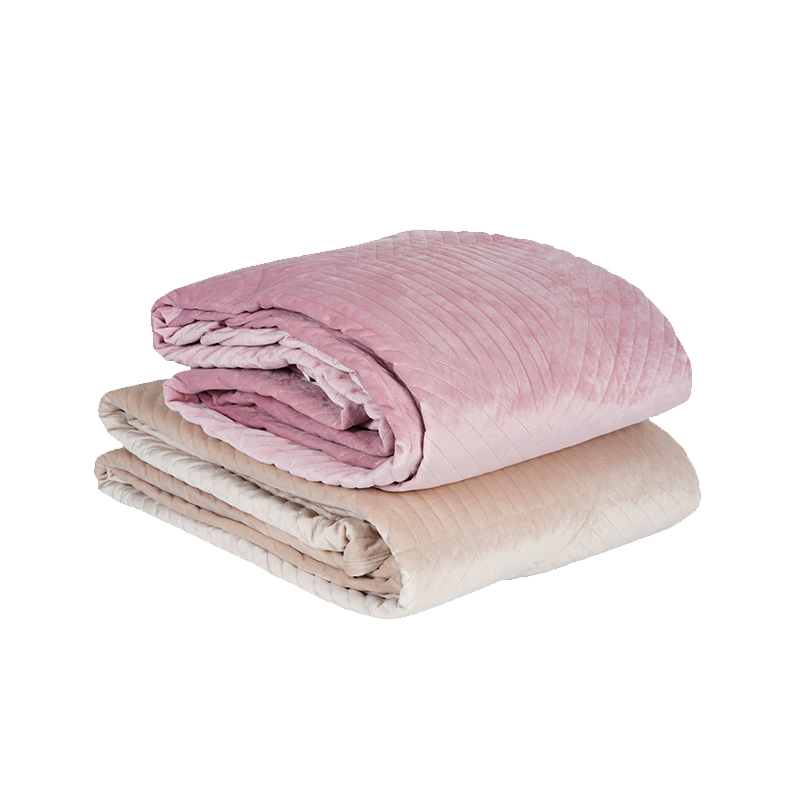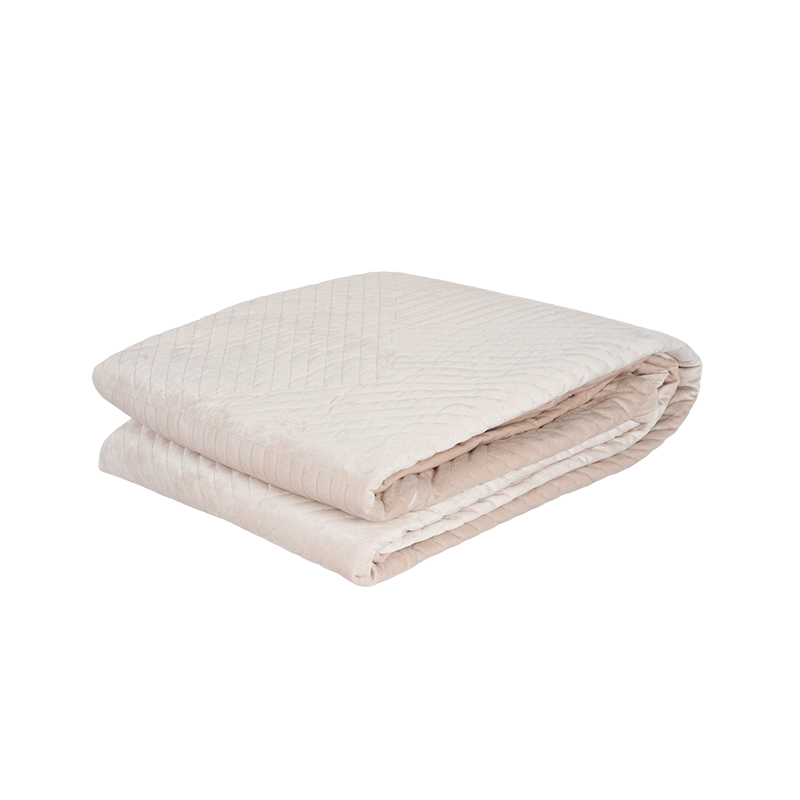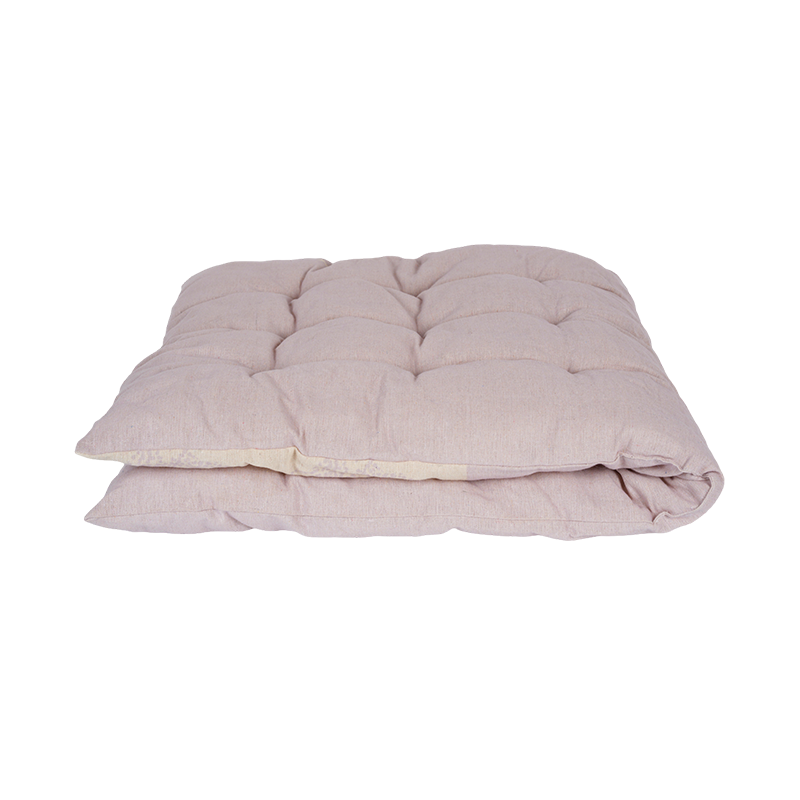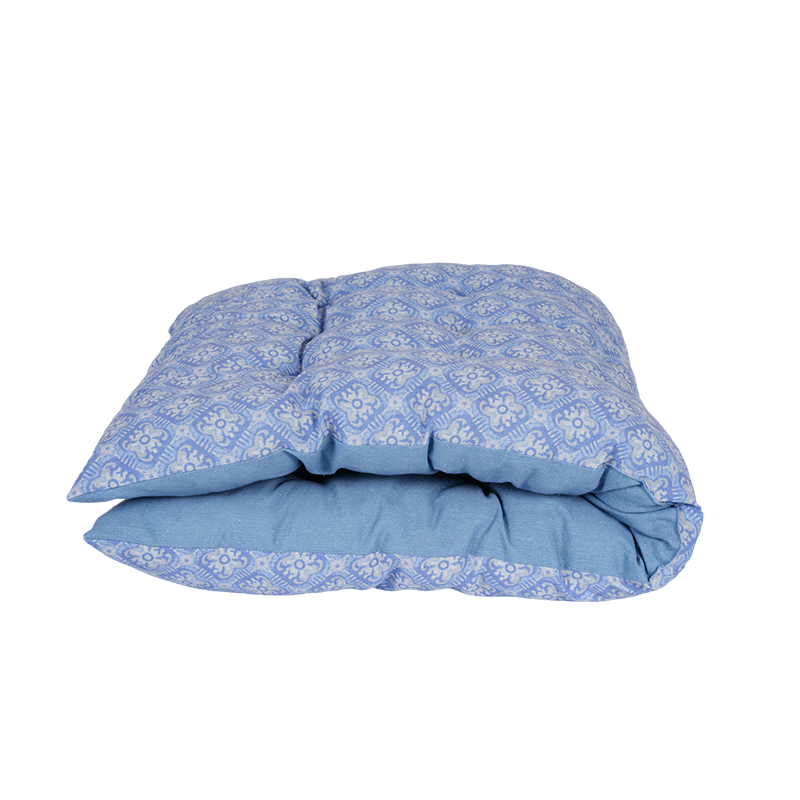- Type:
- Industry News
- Date
- 2025-Jun-09
Examining Edge Treatments and Fillings in Outdoor and Indoor Throw Pillows
In home textiles, the smallest details often have the greatest impact on both appearance and functionality. Pillows, as versatile components of home decor, exemplify this balance. Particularly in the realm of outdoor and accent furnishings, choices like edge treatment and filling materials can influence not only the style of a space but also how comfortable and practical a pillow remains over time. This article explores two specific aspects: the rough edge treatment of solid color outdoor pillows and the filling used in light sage green throw pillows, both of which reflect broader trends in thoughtful home design.
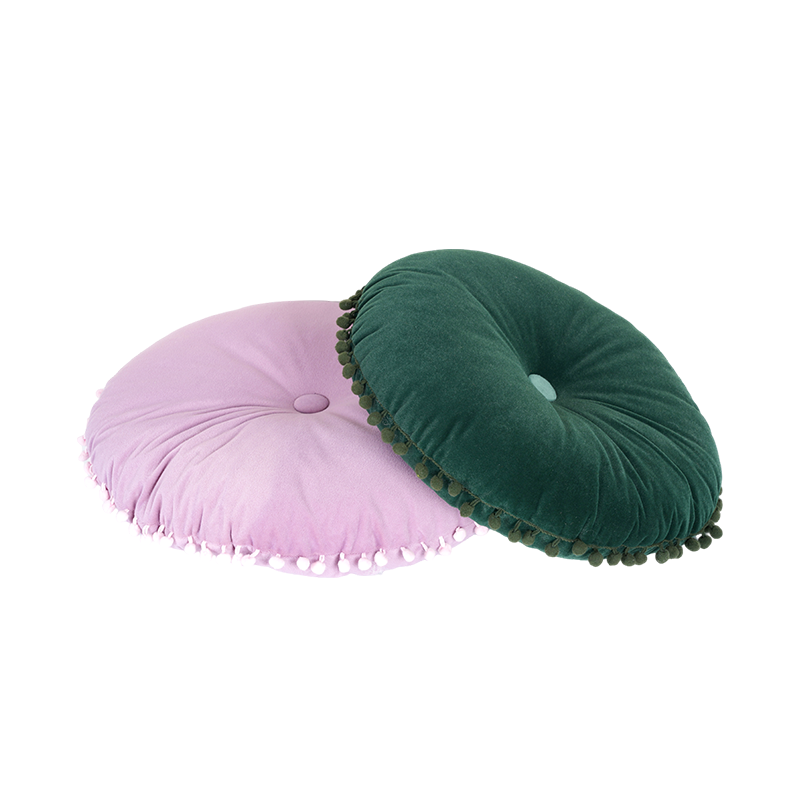
Solid color outdoor pillows are designed to blend easily with a wide variety of furniture styles and color schemes, making them a practical and visually adaptable choice. One notable design detail that adds subtle character to these pillows is the use of rough edge treatment. This refers to finishing techniques where the edges of the pillow are intentionally styled to look slightly unfinished or frayed, often through stitching or exposed seams that are reinforced to prevent actual wear.
The rough edge is not accidental—it is an intentional aesthetic that conveys a relaxed, casual atmosphere, often associated with rustic, coastal, or farmhouse-inspired decor. In outdoor settings, where the environment naturally leans more relaxed and organic, this style of edge treatment contributes to the pillow's ability to blend into its surroundings without appearing overly refined or formal.
Beyond visual appeal, this edge treatment can also have practical implications. Rough edges tend to conceal minor wear better than piped or tailored seams, making them ideal for outdoor use where pillows are exposed to sun, moisture, and frequent handling. Many outdoor pillows also use weather-resistant threads and fabrics to ensure that the style remains intact over time.
Light sage green throw pillows have become a popular interior design element due to their calming tone and natural versatility. The color itself evokes a connection to nature and works well in both modern and traditional settings. Yet beyond the color and cover material, the filling inside these pillows plays a vital role in defining their comfort, structure, and longevity.
Common fillings include polyester fiberfill, down feathers, down alternatives, or even memory foam blends, depending on the desired use and cost considerations. For light sage green throw pillows, especially those designed for decorative and occasional support purposes, polyester fiberfill is frequently used. This material offers softness, bounce, and easy maintenance. It retains shape well and is hypoallergenic, making it suitable for households.
In more premium variants, down or down-alternative fillings are introduced to enhance softness and luxury. Down provides a plush, moldable feel, allowing the pillow to adapt to different seating positions. Down-alternatives, typically made from fine polyester microfibers, aim to mimic the softness of real down while being more allergy-friendly and cost-effective.
Manufacturers may also opt for a blended fill, combining polyester with a small amount of memory foam or shredded foam to provide a mix of softness and support. These options are often found in pillows intended to be both decorative and functional—for example, as lumbar support or armrest padding on couches or beds.
The choice of filling for light sage green throw pillows is usually guided by their intended function—whether purely decorative, used for lounging, or for back support. It reflects a balance between comfort, resilience, and ease of upkeep, ensuring the pillow maintains its form and appeal through regular use.


 English
English
 English
English Español
Español